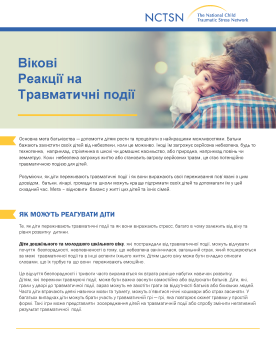
Age-Related Reactions to a Traumatic Event (in Ukrainian)
Describes how young children, school-age children, and adolescents react to traumatic events and offers suggestions on how parents and caregivers can help and support them. Translated 2022.
The following resources on child trauma were developed by the NCTSN. To find a specific topic or resource, enter keywords in the search box, or filter by resource type, trauma type, language, or audience.

Describes how young children, school-age children, and adolescents react to traumatic events and offers suggestions on how parents and caregivers can help and support them. Translated 2022.
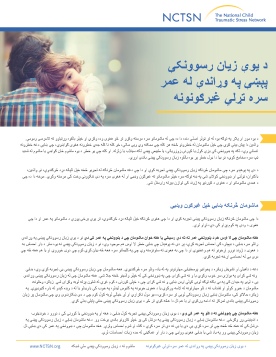
Describes how young children, school-age children, and adolescents react to traumatic events and offers suggestions on how parents and caregivers can help and support them.
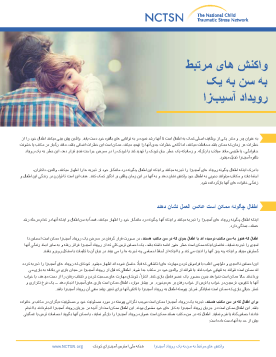
Describes how young children, school-age children, and adolescents react to traumatic events and offers suggestions on how parents and caregivers can help and support them.
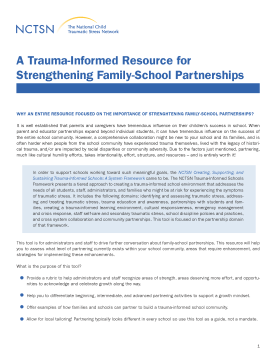
Helps schools assess what level of partnering currently exists within their school community, areas that require enhancement, and strategies for implementing these enhancements. This tool is for administrators and staff to drive further conversation about family-school partnerships.
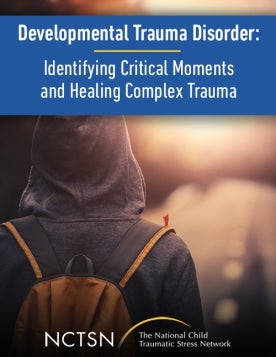
Features Samantha, a high school student, and her trauma therapist, Dr. Ernestine Briggs-King. Samantha is a composite of several young women, not an actual client, and is portrayed by an actress in order to protect privacy.
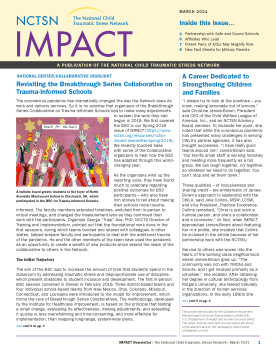
Offers helpful resources and inspiring reports abound in the March issue of IMPACT, where we spotlight NCTSN members, including Affiliates, who have raised the bar around innovative ways to help children and families during the pandemic. Schools are a special focus in this issue, and you
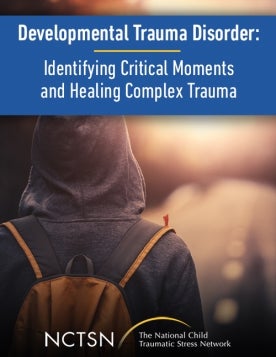
Features Mr. Smith, a 27-year-old single father who works full-time as a health worker. He and his fiancé would like full custody of his 7-year-old son, Samuel.
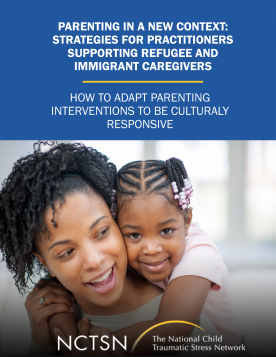
Discusses important topics for providers relevant for working with refugee and immigrant caregivers, with the goal of enhancing mental health providers’ and family therapy practitioners’ ability to effectively engage, serve, and support refugee and immigrant caregivers.
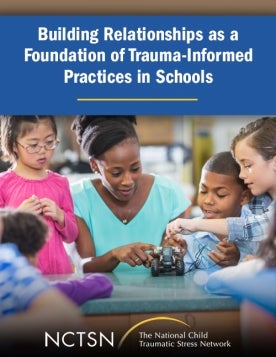
Highlights useful strategies for and classroom examples of relationship-building and its positive impact on trauma-informed practice change in schools.
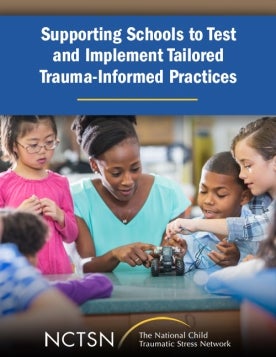
Highlights key components of the NCTSN Breakthrough Series Collaborative (BSC) for Supporting Trauma-Informed Schools to Keep Students in the Classroom.
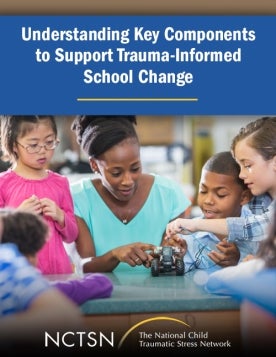
Highlights principles of the Breakthrough Series Collaborative methodology that support changes in schools, including involvement from stakeholders at multiple levels and a process of testing and adapting small changes to bring about sustainable and meaningful shifts in culture.
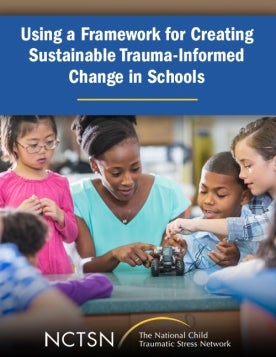
Highlights how this initiative used the Breakthrough Series Collaborative Change Framework to increase psychological safety while also supporting trauma-informed changes at the classroom and school level.